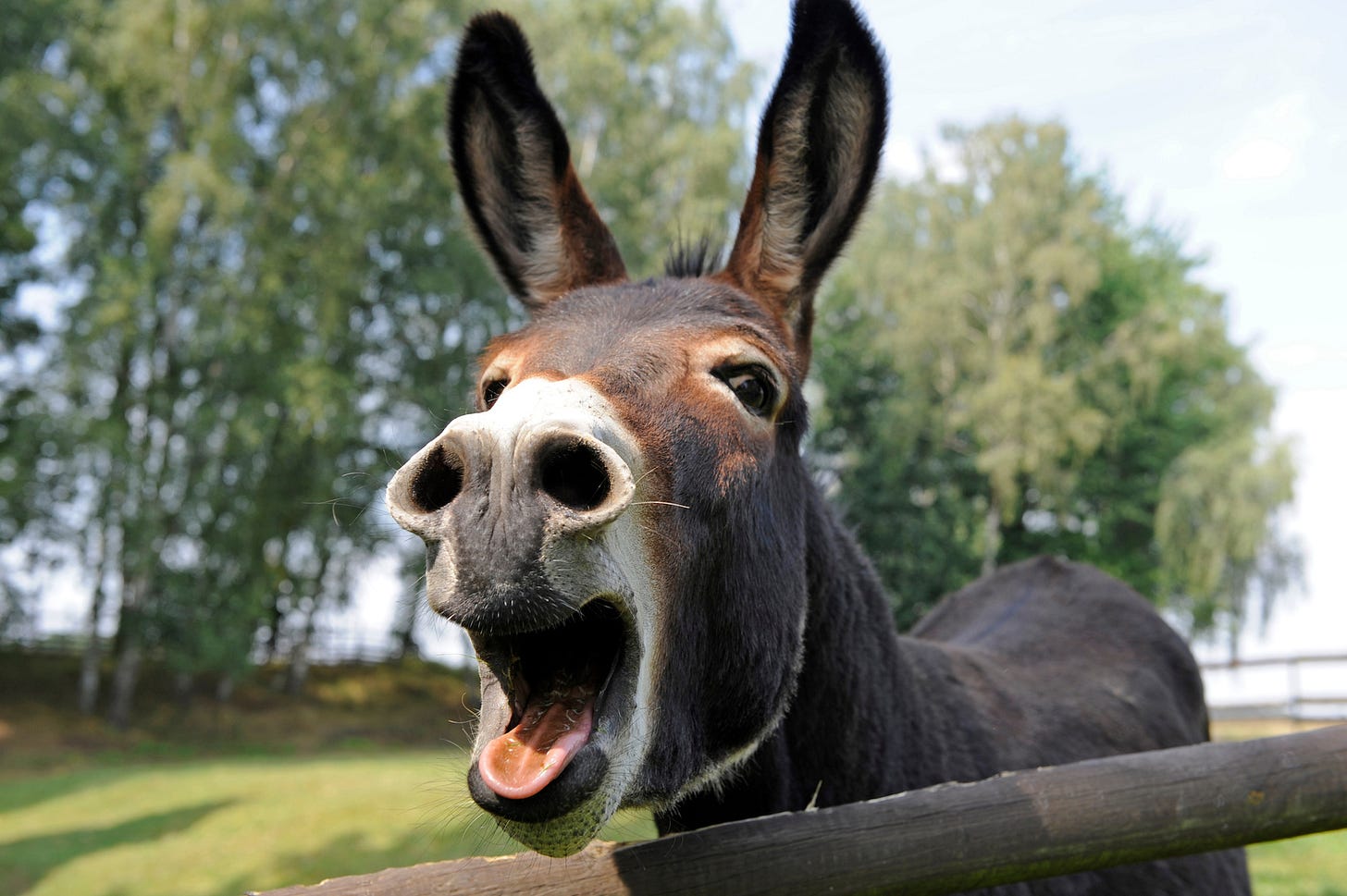Banking Tricks of the Trade: Language #2--Are Assets Assets?
The world of finance, money, and currency is a world full of tricks...
The world of finance, money, and currency is a world full of tricks. Tricks of language. Tricks of mathematics. Tricks of perception.
This is an example where the same word is used to describe very different things.
What is an asset?





* see footnote for details and links.1
What can be said about the word ‘asset’ from this?
It is a legal instrument
used to describe the net property of a deceased person.
which is associated with debt.
Is this the only way to think about an asset?2
The ‘Asset’ Language Trick
There are different classes of assets. These are just two examples.
What might be called a true-asset. This is property for which there is no counterparty risk. Which is why banks originally used gold and silver stored in vaults to back their business.3
When there is counterparty risk the property can, in the world of accounting, be a balance-sheet-asset, and counterparty risk is always associated with debt. So even if the property started out as a true-asset, if it is backing debt, it is no longer acting as one — it is acting as a balance-sheet-asset. It is not a true-asset. It is a promise of property that depends on some future event to occur before it becomes a true-asset.
In the world of accounting an asset can be another’s debt.
By the 1930s banks use of government securities and other promises-to-pay as a balance-sheet-asset was not new. Debt had been on their books for years. But the proportion compared to specie coin and bullion had been small and strictly regulated. The regulation was recognition that4
a government security, being a promise-to-pay,
is not the same type of asset as physical bullion and specie coin,
and they have different risks.
The 1914-1918 war and its aftermath changed all that, and government bonds and other securities, as a proportion of banks’ assets, grew.
The Reserve Bank of New Zealand Act (1933) completely eliminated the true-asset, gold, from banks’ balance sheet and replaced it with the balance-sheet-asset — government debt.5
That’s the bankers ‘asset’ language trick
Using the same word to describe two very different things:
something physical and
something non-physical that is also a debt contract.
This is not a technical discussion.
“a true-asset has no counterparty risk“
A true-asset is your property which has zero counterparty risk. That is not to say no risk. There is always risk. Zero counterparty risk means there is no risk of failure by a contractual counterparty to deliver, which could result in the loss of your property. And this is only possible when there is no counterparty.
A true-asset doesn’t earn passive income because there is no counterparty risk. A true-asset is a store of wealth, not a generator of income. A true-asset can only be used to generate wealth with the introduction of counterparty risk. At that point the true-asset becomes a financial asset which can be used as a balance-sheet-asset.
There are other types of assets which are not physical, with no counterparty risk, which do have intrinsic value. For example some intellectual property. But they generally rely on some future action to realise the value.
“gold and silver stored in vaults“
Gold as bullion or specie coin, silver as specie coin.*
* In New Zealand. Some countries, such as India, used silver bullion as well.
“had been small“
World war one had changed all that and legal assets and their proportions backing currency had been tinkered with since 1914.
This meant of course that all currency was debt based, and came into existence with the creation of debt.
[ADDENDUM: Excluding the Reserve Bank of course. They had the gold as an asset on their balance sheet, though the amount (i.e. the mass, therefore the value) reduced over time. This gold was one of the assets backing the banknote currency which they produced and circulated.]



